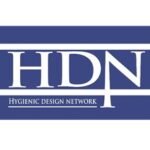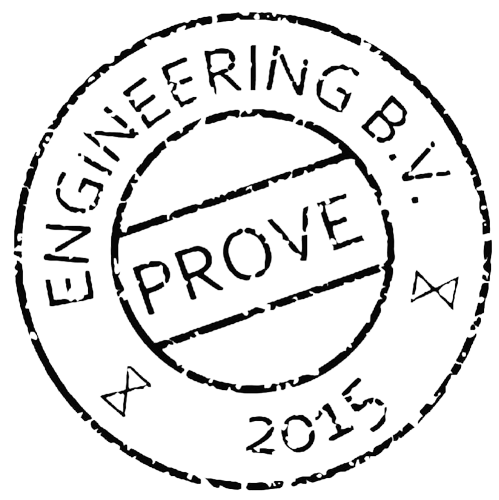Hazard Analysis Critical Control Points (HACCP) is a systematic preventive approach to food safety that identifies, evaluates, and controls potential hazards throughout the food production process. It is mandated by regulatory authorities in many countries for certain food businesses, particularly those involved in manufacturing, processing, and handling of food products.
Since 2020, the Hygiene Risk Analysis (HRA) has been officially incorporated into the HACCP system. HRA is thus a similar requirement to the well-known R&IE (Risk Inventory and Evaluation), but in the realm of food safety. With a HRA you can
Identify Potential Hazards: Food production involves various stages, from receiving raw materials to processing and packaging. An HRA helps identify potential hazards such as biological, chemical, or physical contaminants that may pose a risk to food safety.
Prevent Contamination: Contamination can occur at any stage of the food production process, leading to foodborne illnesses and product recalls. Through an HRA, critical control points where contamination is likely to occur can be identified, allowing preventive measures to be implemented to minimize the risk of contamination.
Ensure Compliance: Many food safety regulations and standards, such as Hazard Analysis and Critical Control Points (HACCP), require food businesses to conduct risk assessments, including HRAs. Compliance with these regulations is mandatory and demonstrates a commitment to producing safe an d high-quality food products.
Protect Consumer Health: Foodborne illnesses can have severe consequences for consumer health, leading to illness, hospitalization, or even death. By identifying and mitigating potential hazards through an HRA, food businesses can safeguard consumer health and well-being.
Maintain Product Quality: In addition to food safety concerns, an HRA also considers factors that may impact product quality and integrity, such as spoilage or texture changes. Addressing these factors helps maintain the quality and consistency of food products, enhancing consumer satisfaction and brand reputation.
Optimize Production Efficiency: Addressing potential risks identified in an HRA can lead to improvements in production processes and efficiency. By reducing the likelihood of contamination-related disruptions or recalls, food businesses can minimize downtime and optimize productivity.
In conclusion, conducting a hygienic risk assessment is vital for identifying, preventing, and mitigating potential hazards in food production processes. It ensures compliance with regulations, protects consumer health, maintains product quality, and enhances brand reputation within the food industry.

At Prove we have certified members of the Hygienic Design Network that are able to perform a HRA. We’ve developed a specialized tool aligned with the EN1672-2 standard to conduct hygienic risk assessments. This tool streamlines the process, guiding users through the identification of hazards, evaluation of risks, and implementation of risk reduction measures. It ensures compliance with food safety regulations and standards, enhancing efficiency and accuracy in assessing potential hazards related to food production. Our tool facilitates thorough documentation, enabling businesses to demonstrate adherence to EN 1672-2 requirements and maintain comprehensive records of their risk assessment processes for regulatory compliance and continuous improvement.
